Fake IT Helpdesk Campaign Delivers Fileless Malware
 Cybercriminals are impersonating corporate IT helpdesk staff to trick users into installing remote access tools like AnyDesk under the guise of “security troubleshooting.” Once victims comply, attackers gain full remote control and execute fileless malware directly in system memory, evading traditional antivirus and endpoint detection tools.
Cybercriminals are impersonating corporate IT helpdesk staff to trick users into installing remote access tools like AnyDesk under the guise of “security troubleshooting.” Once victims comply, attackers gain full remote control and execute fileless malware directly in system memory, evading traditional antivirus and endpoint detection tools.
Cisco ASA & FTD Zero-Day Exploitation (CVE-2025-20333 / CVE-2025-20362)
 The Cybersecurity and Infrastructure Security Agency (CISA) has issued an emergency directive following the discovery of an active exploitation campaign targeting Cisco Adaptive Security Appliances (ASA) and Cisco Firepower Threat Defense (FTD) devices.
The Cybersecurity and Infrastructure Security Agency (CISA) has issued an emergency directive following the discovery of an active exploitation campaign targeting Cisco Adaptive Security Appliances (ASA) and Cisco Firepower Threat Defense (FTD) devices.
Windows 10 End of Support: Security, Compliance, and Migration Strategies for 2025
 On October 14, 2025, Microsoft will officially end support for Windows 10. For more than a decade, this operating system has been central to business productivity, powering everything from laptops to enterprise environments. Its retirement, however, poses significant implications for organizations that continue to rely on it. Without proactive planning, companies risk exposing themselves to escalating security threats, compliance failures, and operational disruption.
On October 14, 2025, Microsoft will officially end support for Windows 10. For more than a decade, this operating system has been central to business productivity, powering everything from laptops to enterprise environments. Its retirement, however, poses significant implications for organizations that continue to rely on it. Without proactive planning, companies risk exposing themselves to escalating security threats, compliance failures, and operational disruption.
Microsoft 365 Direct Send Abuse Enables Internal Email Spoofing
 Cybercriminals are exploiting a lesser-known Microsoft 365 feature called Direct Send, originally intended to support internal devices like printers, to send emails that appear to come from trusted coworkers. These spoofed emails often bypass standard security checks, making them especially dangerous.
Cybercriminals are exploiting a lesser-known Microsoft 365 feature called Direct Send, originally intended to support internal devices like printers, to send emails that appear to come from trusted coworkers. These spoofed emails often bypass standard security checks, making them especially dangerous.
Microsoft SharePoint Emergency RCE Patches
 Microsoft has released Out of band security patches to fix two actively exploited SharePoint Remote code execution (RCE) zero-days. These zero days are CVE-2025-53770 and CVE-2025-53771 which are being called “ToolShell”. Attackers are using these vulnerabilities to gain full control of vulnerable SharePoint servers.
Microsoft has released Out of band security patches to fix two actively exploited SharePoint Remote code execution (RCE) zero-days. These zero days are CVE-2025-53770 and CVE-2025-53771 which are being called “ToolShell”. Attackers are using these vulnerabilities to gain full control of vulnerable SharePoint servers.


